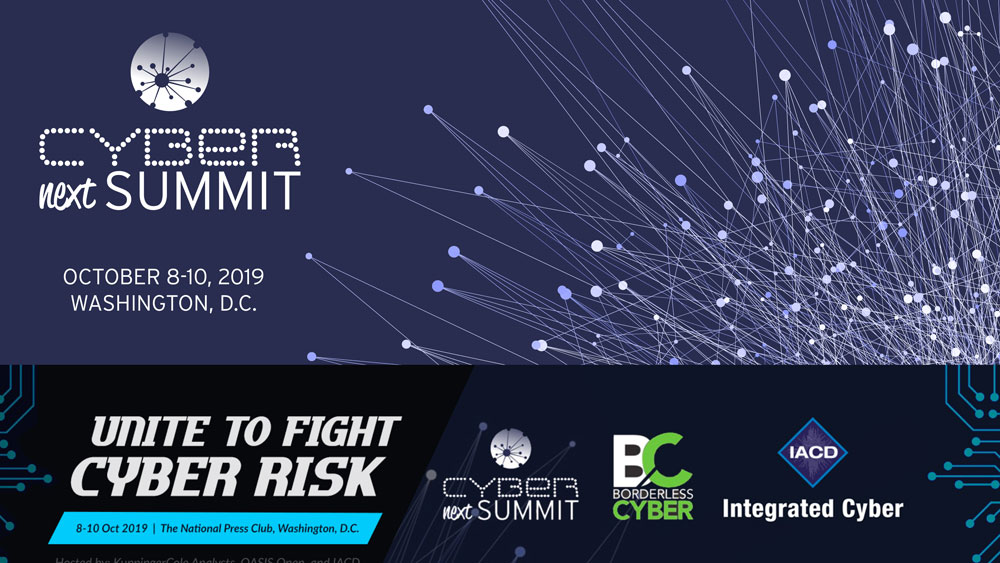According to the Ponemon Institute - cyber incidents that take over 30 days to contain cost $1m more than those contained within 30 days. However, less than 25% of organizations surveyed globally say that their organization has a coordinated incident response plan in place. In the UK, only 13% of businesses have an incident management process in place according to a government report. This appears to show a shocking lack of preparedness since it is when not if your organization will be the target of a cyber-attack.
Last week on January 24th I attended a demonstration of IBM’s new C-TOC (Cyber Tactical Operations Centre) in London. The C-TOC is an incident response centre housed in an 18-wheel truck. It can be deployed in a wide range of environments, with self-sustaining power, an on-board data centre and cellular communications to provide a sterile environment for cyber incident response. It is designed to provide companies with immersion training in high pressure cyber-attack simulations to help them to prepare for and to improve their response to these kinds of incidents.
The key to managing incidents is preparation. There are 3 phases to a cyber incident, these are the events that led up to the incident, the incident itself and what happens after the incident. Prior to the incident the victim may have missed opportunities to prevent it. When the incident occurs, the victim needs to detect what is happening, to manage and contain its effects. After the incident the victim needs to respond in a way that not only manages the cyber related aspects but also deals with potential customer issues as well as reputational damage.
Prevention is always better than cure, so it is important to continuously improve you organization’s security posture, but you still need to be prepared to deal with an incident when it occurs.
The so-called Y2K (Millenium) bug is an example of an incident that was so well managed some people believe it was a myth. In fact, I like many other IT professionals, spent the turn of the century in a bunker ready to help any organization experiencing this problem. However, I am glad to say that the biggest problem that I met was when I returned to my hotel the next morning, I had to climb six flights of stairs because the lifts had been disabled as a precaution. There were many pieces of software that contained the error and it was only through the recognition of the problem, rigorous preparation to remove the bug as well as planning to deal with it where it arose that major problems were averted.
In the IBM C-TOC I participated in cyber response challenge involving a fictitious international financial services organization called “Bane and Ox”. This organization has a cyber security team and so called “Fusion Centre” to manage cyber security incident response. This exercise started with an HR Onboarding briefing welcoming me into the team.
We then were then taken through an unfolding cyber incident and asked to respond to the events as they occurred with phone calls from the press, attempts to steal money via emails exploiting the situation, a ransom demand, physical danger to employees, customers claiming that their money is being stolen, a data leak and an attack on the bank’s ATMs. I then underwent a TV interview about the bank’s response to the event with hostile questioning by the news reporter, not a pleasant experience!
According to IBM, organizations need a clear statement of the “Commander’s Intent”. This is needed to ensure that everyone works together towards a common goal that everyone can understand when under pressure and making difficult decisions. IBM gave the example that the D Day Commander’s Intent statement was “Take the beach”.
The next priority is to collect information. “The first call is the most important”. Whether it is from the press, a customer or an employee. You need to get the details, check the details and determine the credibility of the source.
You then need to implement a process to resolve where the problems lie and to take corrective action as well as to inform regulators and other people as necessary. This is not easy unless you have planned and prepared in advance. Everyone needs to know what they must do, and management cover is essential to ensure that resources and budget are available as needed. It may also be necessary to enable deviation from normal business processes.
Given the previously mentioned statistics on organizational preparedness for cyber incidents, many organizations need to take urgent action. The preparation needed involves the many parts of the organization not just IT, it must be supported at the board level and involve senior management. Sometimes the response will require faster decision making with the ability to bypass normal processes - only senior management can ensure that this is possible. An effective response need planning, preparation and above all practice.
KuppingerCole advice:
- Obtain board level sponsorship for your incident response approach;
- Identify the team of people / roles that must be involved in responding to an incident;
- Ensure that it is clear what constitutes an incident and who can invoke the response plan;
- Make sure that you can contact the people involved when you need to;
- You will need external help – set up the agreement for this before you need it;
- Planning, preparation and practice can avoid pain and prosecution;
- Practice, practice and practice again.
KuppingerCole Advisory Note: GRC Reference Architecture – 72582 provides some advice on this area.

















































